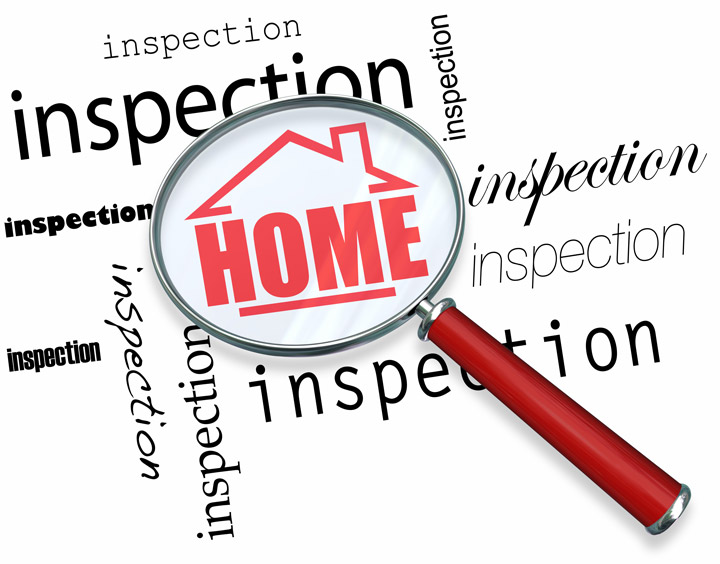
Decoding the Appraisal ProcessAcquiring real estate can be the most important financial decision some people could ever encounter. It doesn't matter if where you raise your family, a second vacation home or an investment, the purchase of real property is an involved transaction that requires multiple people working in concert to make it all happen. Most of the participants are quite familiar. The most known person in the exchange is the real estate agent. Then, the lender provides the money required to fund the deal. And the title company ensures that all requirements of the transaction are completed and that the title is clear to transfer from the seller to the purchaser. So, who's responsible for making sure the real estate is worth the purchase price? In comes the appraiser. We provide an unbiased opinion of what a buyer might expect to pay — or a seller receive — for a property, where both buyer and seller are informed parties. A licensed, certified, professional appraiser from Hamilton Appraisal, Inc. will ensure, you as an interested party, are informed. Appraisals begin with the inspectionOur first responsibility at Hamilton Appraisal, Inc. is to inspect the property to ascertain its true status. We must physically see aspects of the property, such as the number of bedrooms and bathrooms, the location, living areas, etc, to ensure they truly are present and are in the shape a typical person would expect them to be. To make sure the stated square footage is accurate and illustrate the layout of the home, the inspection often entails creating a sketch of the floorplan. Most importantly, we look for any obvious features - or defects - that would have an impact on the value of the property. Following the inspection, we use two or three approaches to determining the value of real property: a sales comparison, a replacement cost calculation, and an income approach when rental properties are prevalent. 
Replacement CostHere, we analyze information on local building costs, the cost of labor and other elements to calculate how much it would cost to construct a property nearly identical to the one being appraised. This figure usually sets the upper limit on what a property would sell for. It's also the least used predictor of value. 
Analyzing Comparable SalesAppraisers can tell you a lot about the subdivisions in which they appraise. They innately understand the value of certain features to the people of that area. Then, the appraiser looks up recent transactions in the area and finds properties which are 'comparable' to the property being appraised. By assigning a dollar value to certain items such as fireplaces, room layout, appliance upgrades, extra bathrooms or bedrooms, or quality of construction, we add or subtract from each comparable's sales price so that they are more accurately in line with the features of subject.
Once all necessary adjustments have been made, the appraiser reconciles the adjusted sales prices of all the comps and then derives an opinion of what the subject could sell for. When it comes to knowing the true worth of features of homes in Hamilton and Marion, Hamilton Appraisal, Inc. can't be beat. This approach to value is typically given the most weight when an appraisal is for a home sale. Valuation Using the Income ApproachIn the case of income producing properties - rental houses for example - the appraiser may use a third approach to value. In this case, the amount of income the property yields is taken into consideration along with other rents in the area for comparable properties to give an indicator of the current value. ReconciliationCombining information from all approaches, the appraiser is then ready to put down an estimated market value for the property at hand. The estimate of value at the bottom of the appraisal report is not necessarily what's being paid for the property even though it is likely the best indication of what a property is worth. There are always mitigating factors such as the seller's desire to get out of the property, urgency or 'bidding wars' that may adjust an offer or listing price up or down. Regardless, the appraised value is typically employed as a guideline for lenders who don't want to loan a buyer more money than the property is actually worth. Here's what it all boils down to, an appraiser from Hamilton Appraisal, Inc. will help you discover the most fair and balanced property value, so you can make profitable real estate decisions. |